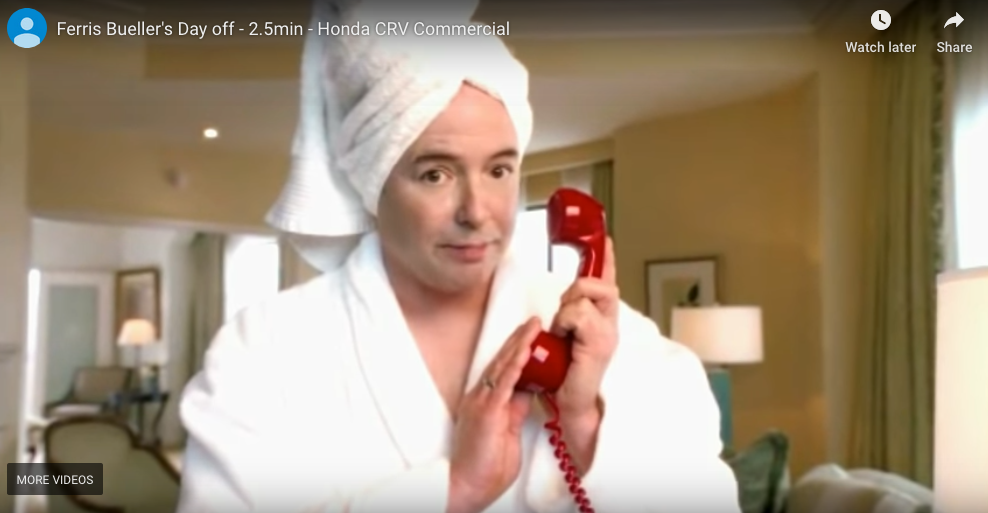Before 1984, Super Bowl commercials were a time to mute the TV and refill the dip. But that year Apple debuted the now-iconic 1984 commercial that introduced the Macintosh computer. Apple wanted to communicate the power of a new technology and show how it would change the world. The Mac did change the world, but the ad also changed America’s favorite Sunday. Super Bowl commercials went from a blah blah distraction to an entertainment doubleheader—a competition within a competition. The gauntlet was thrown and advertising’s creative games began. Now, looking back, the ads offer an interesting perch from which to view cultural shifts over the years.
The years after this new era began were filled with lots of funny (Budweiser Frogs!), heartwarming (a Clydesdale and a puppy, a baby Clydesdale, a boy and his Clydesdale, and more puppies) and more than a few tone-deaf entries (Swedish Bikini Team).
But as we left the 90s and entered the 2000s, we see the mood shift and the competition getting tougher. In fact, you can SEE the major issues companies are grappling with — the mainstreaming of the Internet, the birth and growth of the independent advertising agency(more smart creatives), the rise of consumer control — reflected in the commercials as they change over time. What themes do recent popular ads point to?
Consumer Control Begins
The 2006 CareerBuilder.com monkeys hit home with the frustrations of working with people not as smart as you. In 2015, Doritos put “user-generated” on the map by asking fans and the video-creating public to make and submit commercials (the guideline was to “make it awesome!”) with the winner being shown during the Super Bowl.
The Wayback Machine
If they’re handled with cleverness, nostalgic icons are always a seller — as with when Matthew Broderick updates Ferris Bueller by taking a much-needed day off in this 2012 Honda CRV piece.
End Times
Deep into the Great Recession, Silverado’s 2012 ad hints at our growing dystopian outlook as the “recovery” drags on. The Silverado drivers survive the apocalypse but their Ford-driving buddy doesn’t make it. In the background, The Hunger Games movie was released and teen dystopian novels become their own sub-genre.
New Times
In 2014 Cheerios, debuted a interracial couple introducing the idea of a new baby to their daughter. Controversy ensued, and so does a viral campaign.
Brand control – Multiplatform mayhem
2010 Old Spice “The Man Your Man Could Smell Like” campaign is one of the great brand comeback stories debuting online and NOT on the Super Bowl. It offered shareability soon to be referred to as viral. Who won the Super Bowl commercials THAT year?!
Dads are parents, too
Finally in 2015 Dad, as the bumbling idiot, exits the scene, and fantastic spots from Dove Men’s +Care and The Bold New Camry celebrate men as thoughtful, caring role models.
Last year, 2016 saw another crop of fantastic entries. (In fact, you can see my report here!) What’s clear is that once marketers saw the power of the Super Bowl audience, the competition became its own sport.

